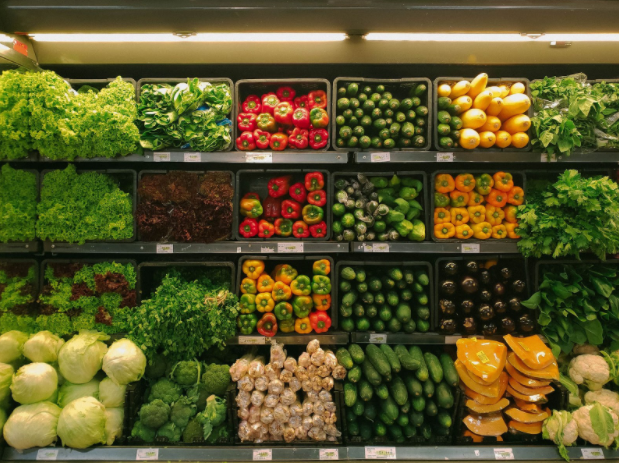Producer prices in the United States increase as supply chain constraints continue, according to a new report from the Labor Department. Producer prices increased about 0.8% in November; on a year-on-year basis, prices soared by 9.6%. This is the biggest annual gain in 11 years, or since the entire series was changed, which could mean that high inflation will continue for some time.
When it comes to inflation, many analysts are suggesting different things. While this surge in producer price increases — and the continued supply chain issues — may keep inflation high for a while, there are other signs that inflation may stay high in the near future, but then start to moderate. For example, if the supply chain issues cease to be such a huge problem, then the country could see inflation start to moderate sooner rather than later.
According to new data, prices for goods and services increased. Everything from the price of an airline ticket to food to steel rose. However, some prices did fall. Wholesale furnishings, bundled wired telecommunications, diesel fuel, and light motor trucks fell in price.
For the most part, producer prices have surged because of the cost of shipping and the overall global supply chain bottlenecks. Because consumer demand surged earlier this year as people initially thought we were coming out of the pandemic, the supply chain was stretched thin. Materials and goods began to take a long time to reach their final destination — and many businesses have had to increase their spending to ensure that their goods arrive on time.
If these supply chain bottlenecks slowly start to go away, then this should help lower prices. Already, there are some signs that these bottlenecks are already starting to ease. The Institute for Supply Management’s latest survey revealed that there are some factors that may help increase supplier delivery improvement and labor.
When it comes to inflation and producer prices, most analysts tell consumers to look at what they’re spending on energy sources. Often, these are the first few things to go down in price. If the price of gas goes down, then inflation may not go any higher and signs may be pointing to moderation. Currently, the price of crude oil has finally eased off after experiencing recent highs. It also is costing less to warm your home than previously suggested.
However, even though there are signs of some prices easing off recent highs, analysts do stress that this doesn’t mean high inflation won’t be a problem — or that prices will actually go back down to what is normal for consumers. Even if these supply chain problems cease to persist, this doesn’t mean that consumers will see lower prices immediately. Likely, it will take time for businesses to lower these prices back down.
Slowly, there are some areas where prices have steadied or gone down, though. Even the cost of shipping containers has eased off after surging in price earlier this year when consumer demand ramped up. If these costs continue to go down, and if other global supply chain problems are fixed, then producer prices theoretically could start to ease off in the near — or long — future.







